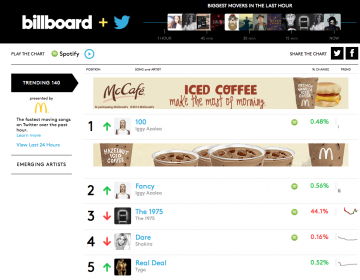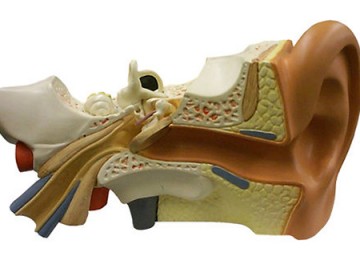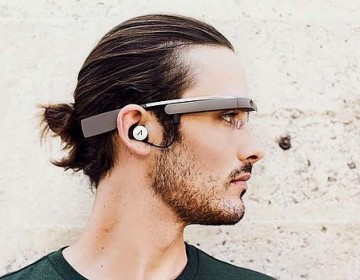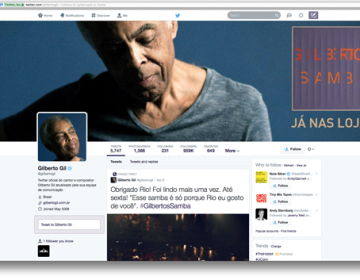Trending: Your Brain and the State of Musical Preference
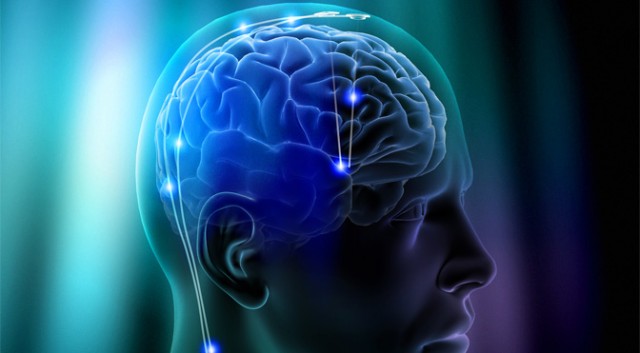
While there are many reasons why someone might like or dislike a new song, genre labeling is one factor that consistently explains listeners’ tastes.
On Tuesday, a new dimension of analysis for our collective song preferences was launched, with the introduction of the Twitter/Billboard Real Time Music Charts. Quite similar to Twitter’s pre-existent “Trending Topics,” music aficionados everywhere now have the power to affect what tracks, artists, and albums sweep across screens around the world — from the gigantic mainstays to the fresh, up-and-coming via the Trending 140 and Emerging Artists charts, respectively. The former measures in up-to-the-minute tracking of songs shared in the U.S. and can also be viewed in a 24-hour total summary. The latter measures U.S. shares of newer artists over 24 hour spans and both are analyzed and compiled via the appearance of common hashtags like #nowplaying or #np “John Doe, Song Name” #track, #song, #listen, #listening.
The real-time aspect of these charts is a magnified version of a trend-to-preference correlation. If several artists start submitting songs that include a specific instrumentation or style and those songs start to repeatedly appear on charts like Billboard/Twitter, regardless of those songs being from different artists, stylistically similar songs flooding the charts can indicate a preference in public listening. The influx of US-altered dub/”brostep” synthesizer-charged tracks (regardless of an artist’s base genre designation) and the rise of heavy bass lines in Top 40 music is a more current example.
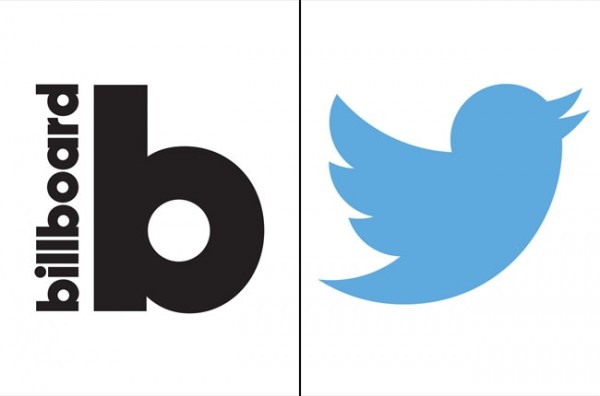
What though, would the very idea of music trends look like if our understanding of, and relationship with, personal genre preferences could be manually or arbitrarily manipulated?
The publishing platform and journal network, Frontiers, recently posted a clinical case study that outlines research on musical preference and concludes musical preference can be manually affected by “deep brain stimulation.” Work done with a male participant referred to as “Mr. B.,” involved implanting electrodes that were programmed to affect a specific area of Mr. B.’s brain called the nucleus accumbens, or “Nacc.”
First assessed were Mr. B.’s original tastes with regard to musical styles and music listening in general. Then, following different stimulations and incorporations of certain music styles (specifically the music of Johnny Cash), the researchers assessed and could suggest with enough confidence to publish that Nacc stimulation played a noteworthy part in Mr. B.’s new affinity for Cash’s music. The study’s implication of affinity stems from behavioral observations that include Mr. B. venturing to acquire all of Cash’s music and video performances and furthermore, not finding the music irritating, even after years of continuous and virtually exclusive playback.

Returning to today’s taste trends, it is hard not to wonder what the very term “trend” would come to mean if science progressed to a point where preference becomes as easily changed as the shirt we decide to put on in the morning. If your best friend say is, let’s say, really into jazz and you find it boring but you want to spend time together, change your brain preference and voilà — now you will both have a thoroughly good time.
Just short of a full dive into Issac Asimov-level science fiction, the above hypothetical scenario is simply one of many for where music preference could be headed. Acknowledging however, that taste trends and musical/sonic preference are indeed intertwined regardless of whether humans start poking at our minds, the real question is which side of the coin will affect, and possibly drive, the other first (think chicken v. egg)? Occasionally, Twitter’s users will work from a single tweet upwards, to create buzz around questions, people, and topics they want, and do so with relative ease if the topic is important enough to them – it’s not only about what happens in the news. Subsequently, might “the people” be the ones to start strongly influencing what artists and music get the most attention on a grassroots level? Or will the corporations win out, with companies like Billboard and Twitter setting real time trends on the path to be the next commodity of “big data” analysis, channeling that data for calculated new (or old) musical styles and then affecting what we see, talk about, and eventually trend? Sure seems like a one heck of a cycle –we just don’t know who’s steering quite yet.
Kira is an old school music nerd with a love for all things creative; always searching for music’s common ground. She graduated with an M.A. in Performing Arts Administration from New York University. Drop her a tweet @shadowmelody1.

